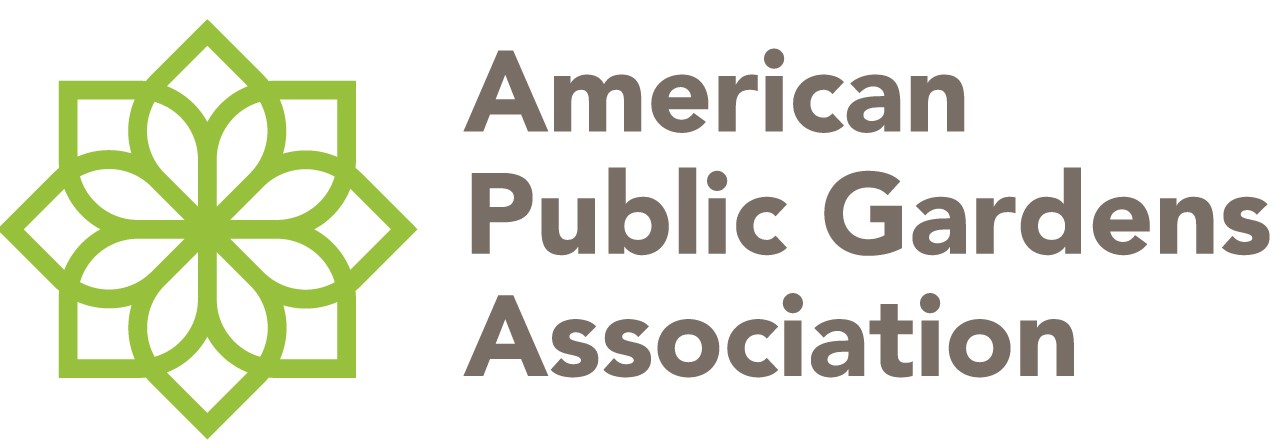The Magnolia Multisite collection comprises the National Collection of Magnolia and encompasses 17 member garden sites. Magnolia is a genus with a wide geographic range, including northern South America, Central America, North America, Cuba and parts of the Caribbean, China, India, Japan, South Korea and many other countries in southeast Asia and adjacent Pacific Islands east to Papua New Guinea. Therefore, it was necessary to solicit botanical institutions from a wide geographic range within North America to fully contain a diversity of species of Magnolia. This consortium also represents those institutions with cultivar-centric collections. Some botanic gardens and arboreta have both species and cultivars, like the Atlanta Botanical Garden, but others, like the University of California Botanical Garden at Berkeley and Quarryhill Botanical Garden, focus only on species for which conservation is the key issue. In order to develop a National Collection for Magnolia, one of the first steps was to assess botanical institutions across North America to see which gardens already have holdings that are unique and then to determine which institutions would help represent the breadth of the genus. Over 20 gardens and arboreta were considered for the consortium.
In 2018, Green Bay Botanical Garden became part of the Plant Collections Network. Green Bay Botanical Garden’s Magnolia Multisite Collection™, the only Plant Collection Network collection in the state of Wisconsin, is located in USDA Hardiness zone 5a (-20 to -15 degrees Fahrenheit average annual minimum winter temperature) making it the coldest site in the Magnolia Multisite Collection™. In 2019 winter temperatures of -26 and -25 degrees Fahrenheit were recorded at the garden. The garden is home to 144 magnolias and 123 taxa, of which 17 taxa are unique contributions to the collection. Their cultivars represent much of the breeding work of local magnolia hybridizer, Dennis Ledvina. Dennis’s work concentrated on creating magnolias with later bloom times to reduce the impact of late spring frosts, creating cold hardy magnolias for USDA hardiness zone 4, extending the magnolia bloom period, increasing the diversity of bloom color and flower form, and developing a multi-tepaled magnolia with significant red/pink color.
Institutions
Atlanta Botanical Garden
University Of California Botanical Garden
Green Bay Botanical Garden
Bartlett Tree Research Laboratories & Arboretum
Scott Arboretum Of Swarthmore College
University of Washington Botanic Gardens
JC Raulston Arboretum
Moore Farms Botanical Garden
Powell Gardens
South Carolina Botanical Garden
U.S. National Arboretum
University of British Columbia Botanical Garden
Vallarta Botanical Garden




























